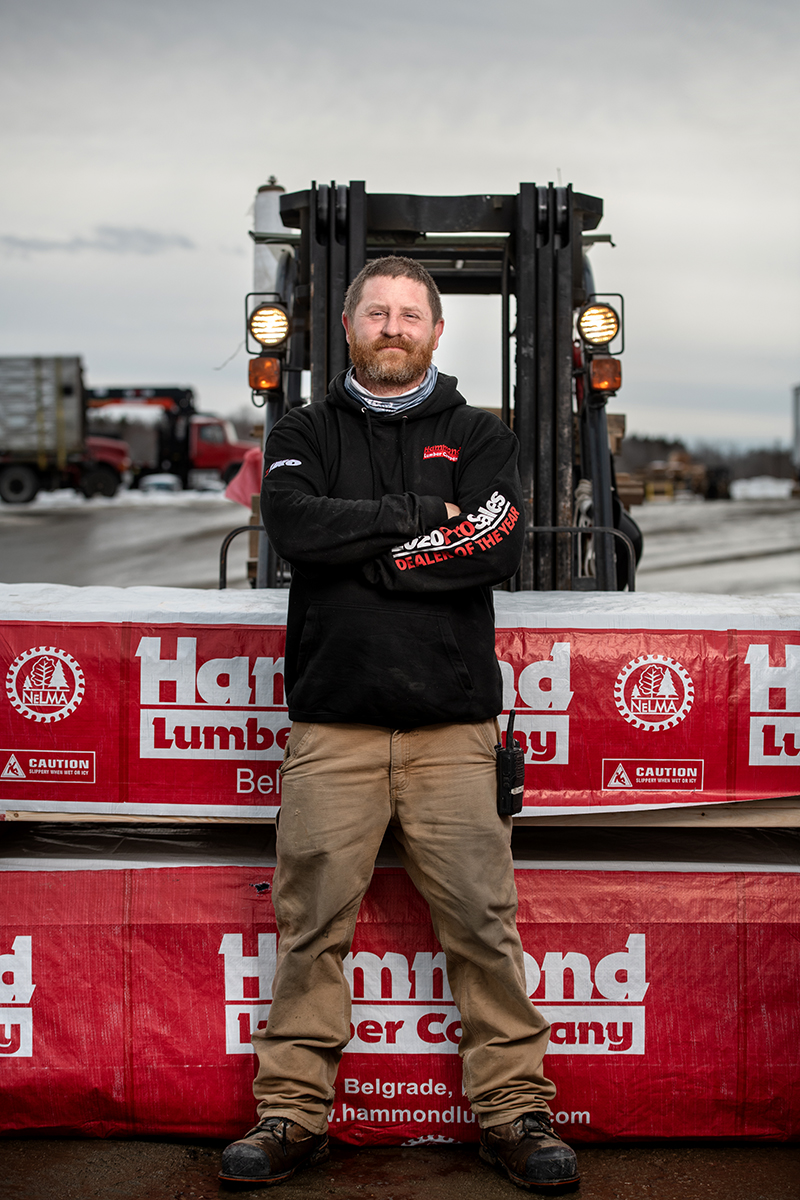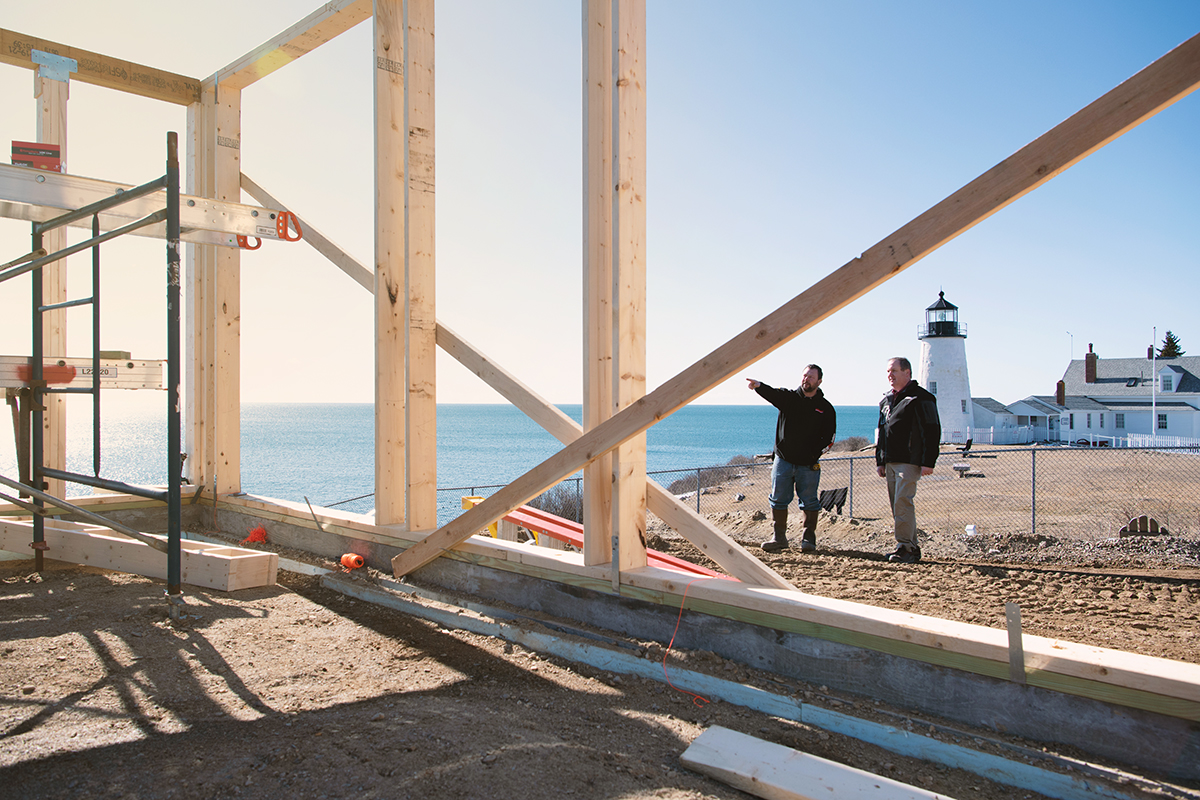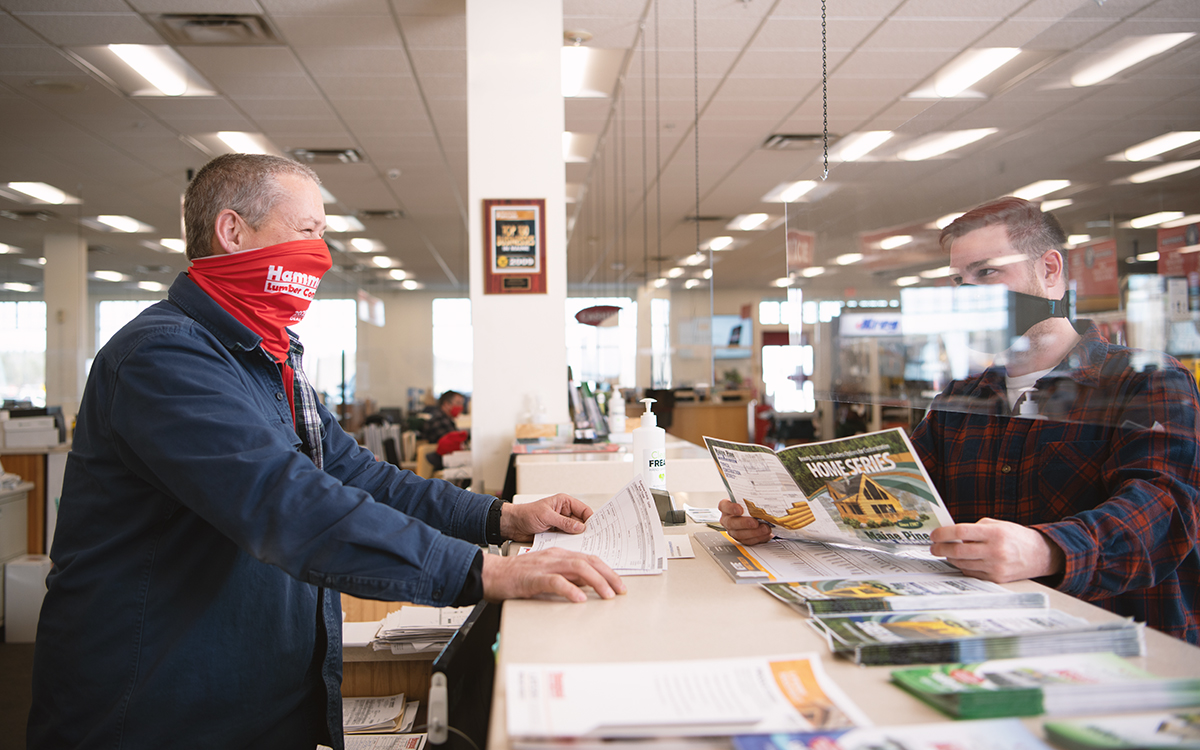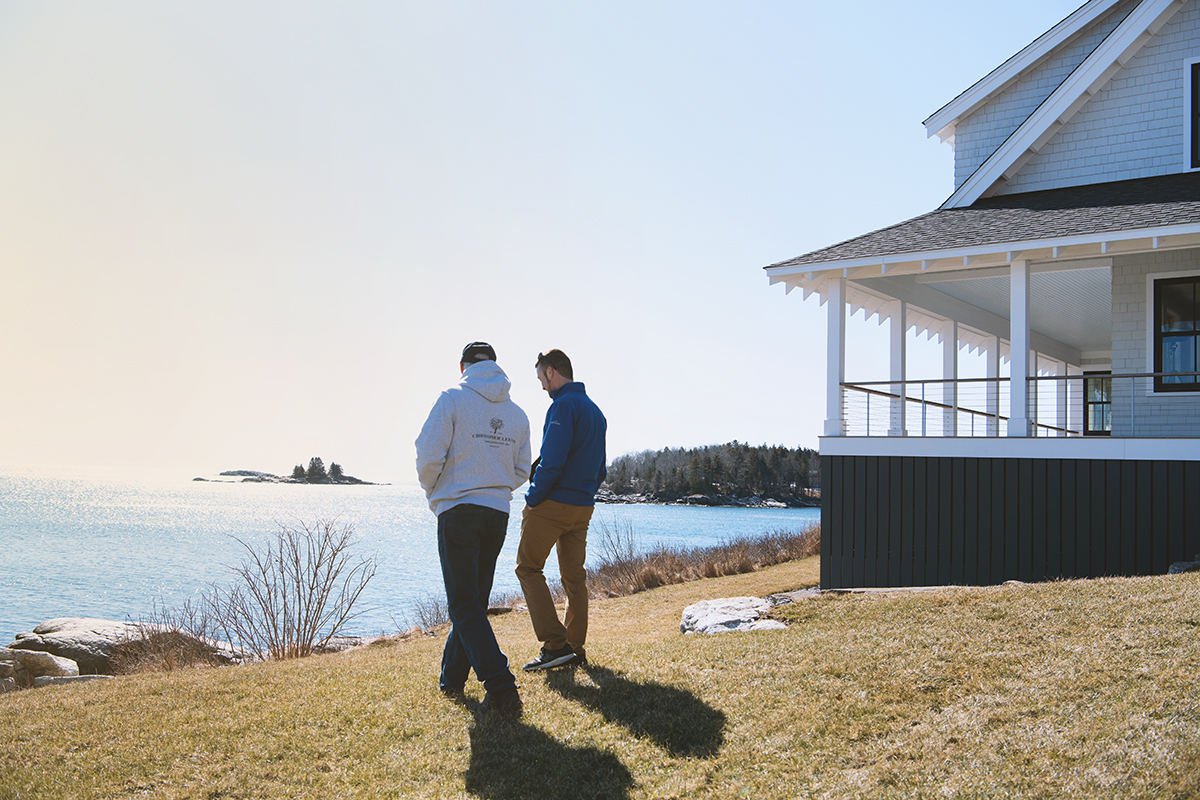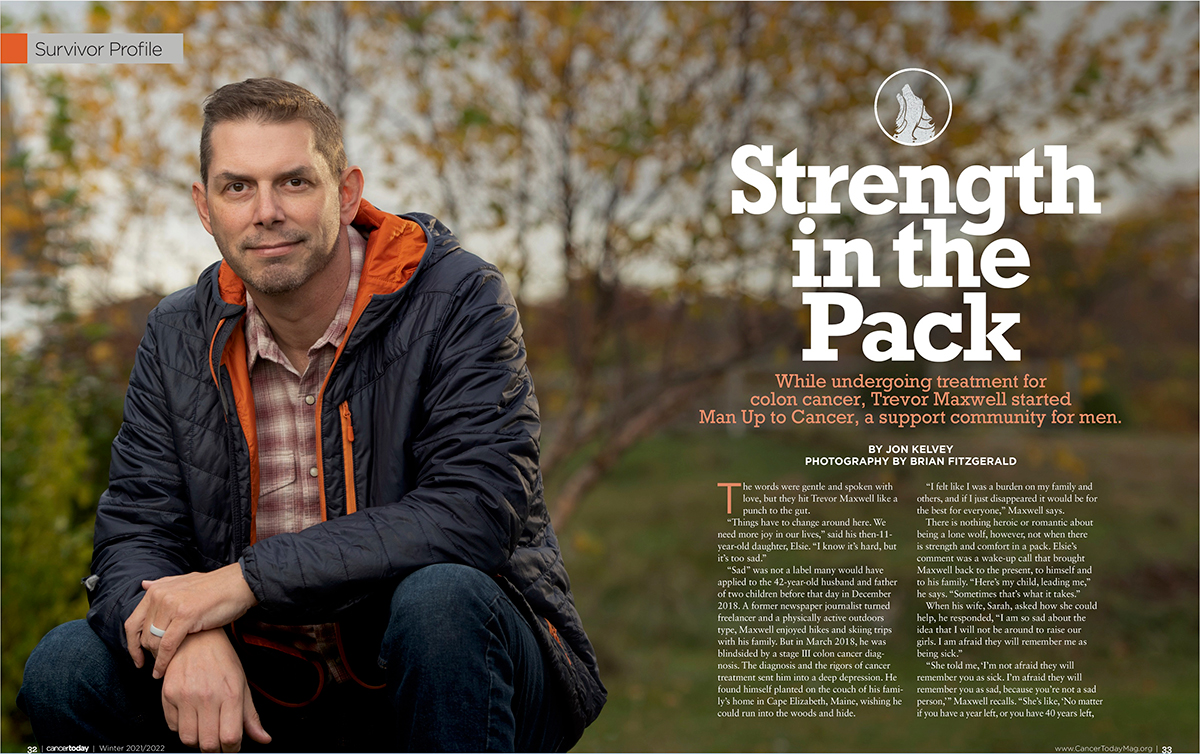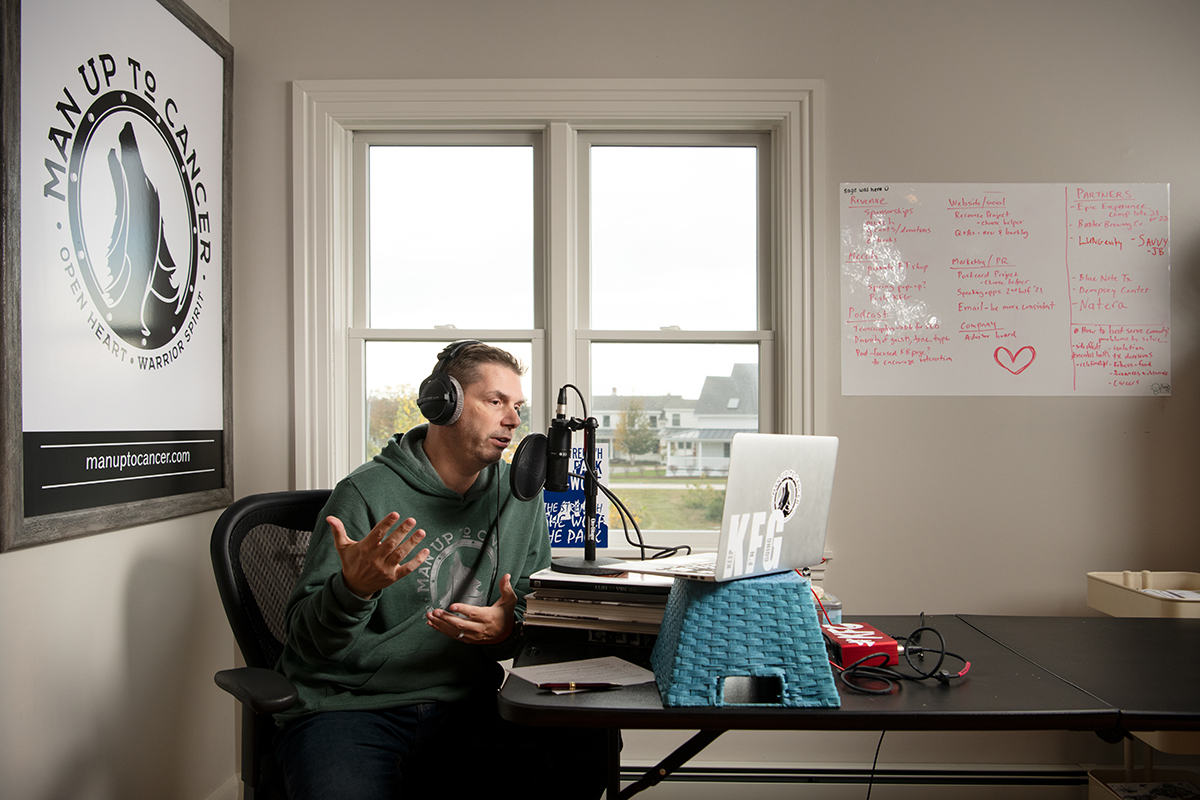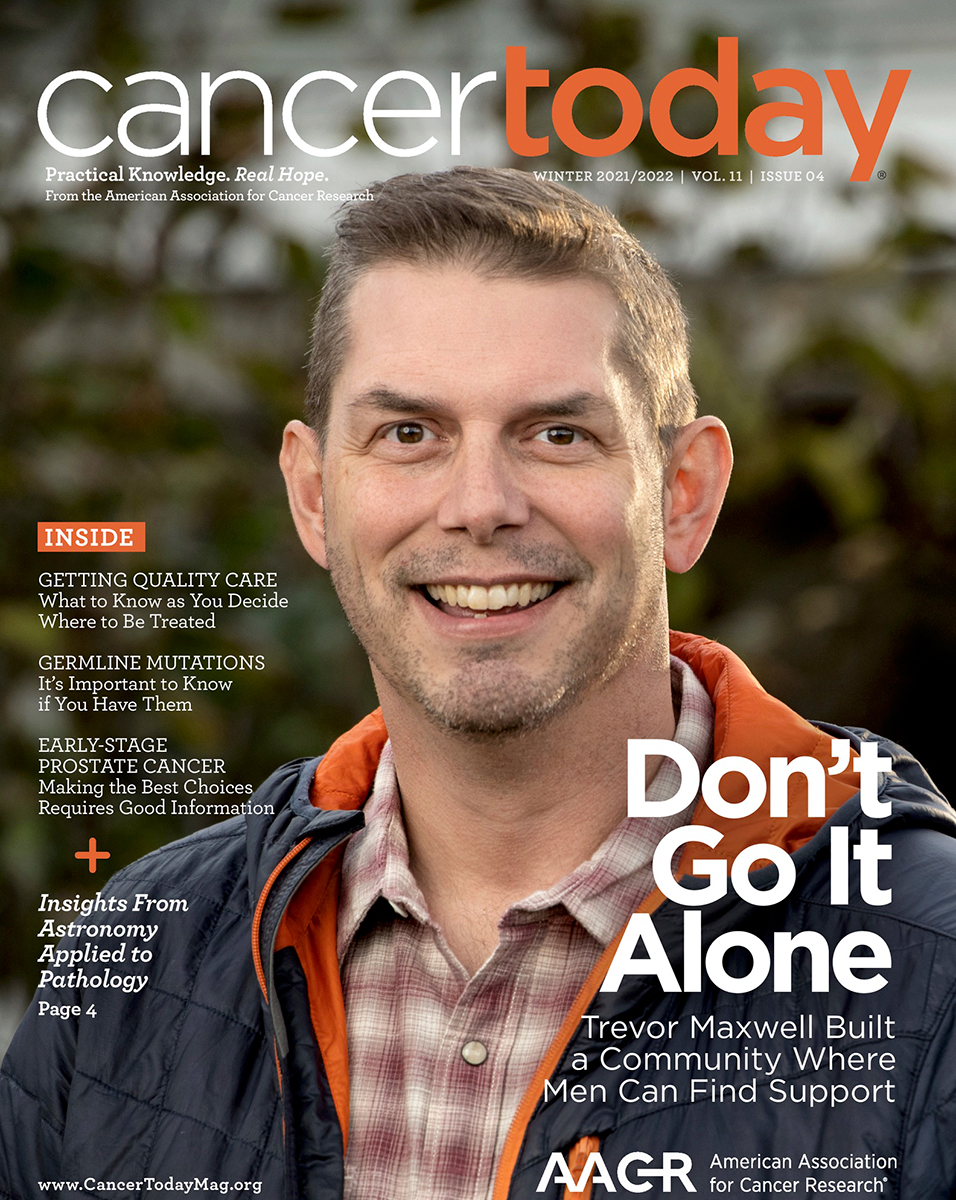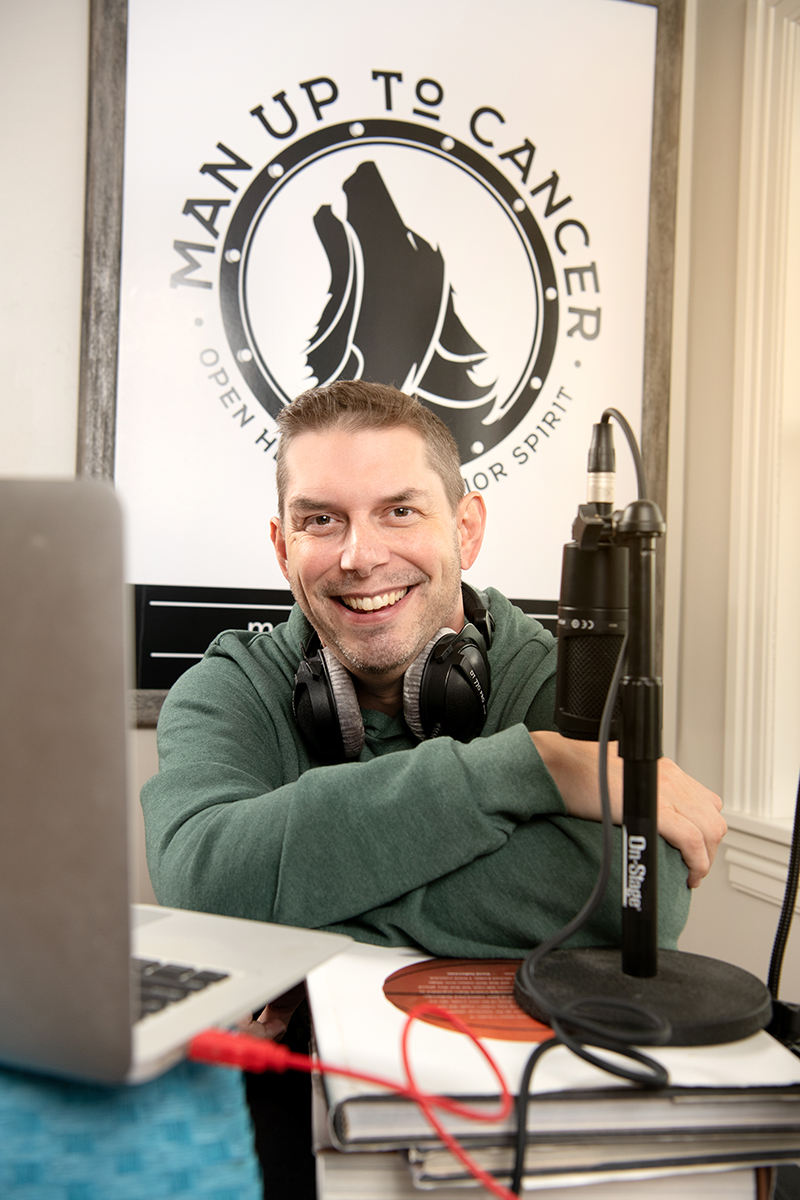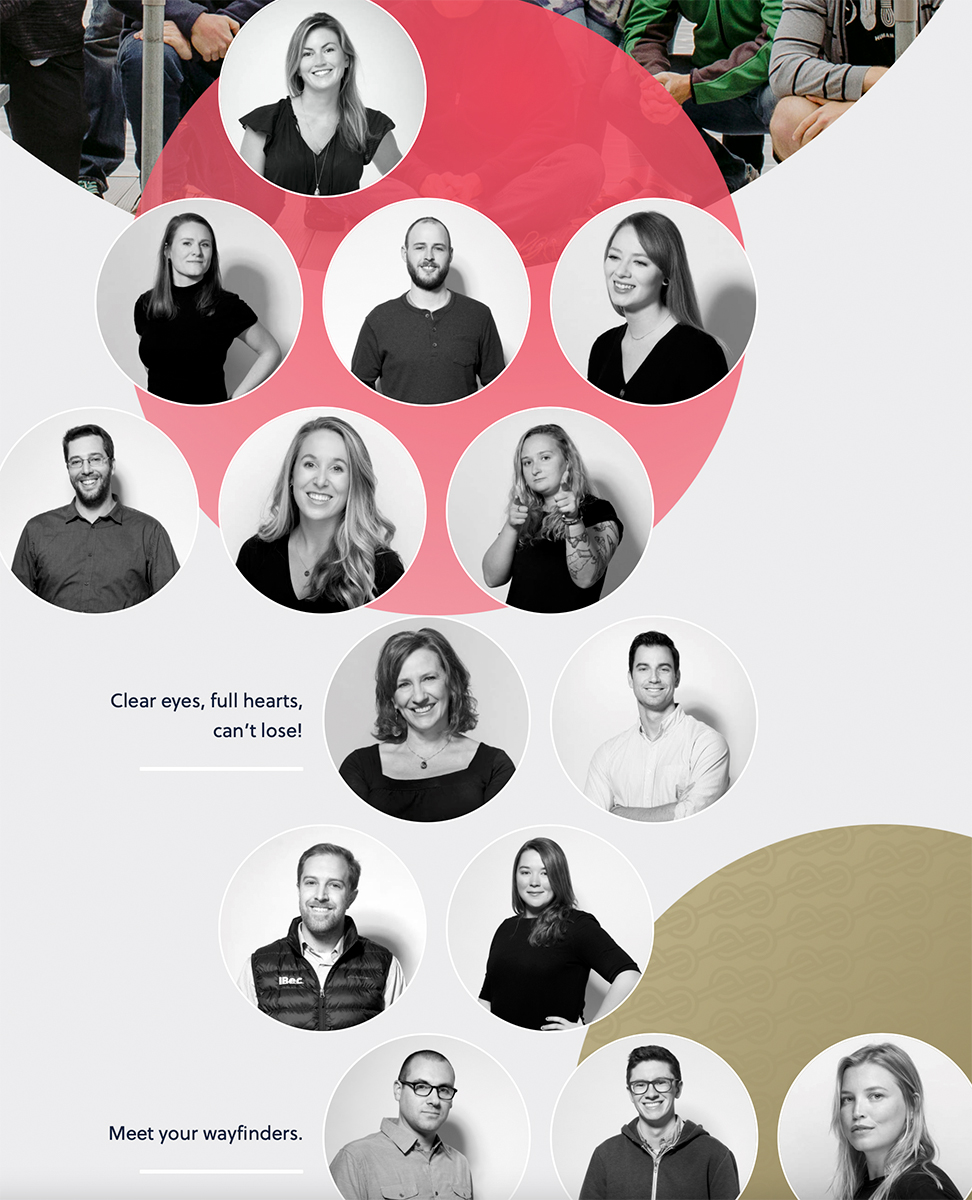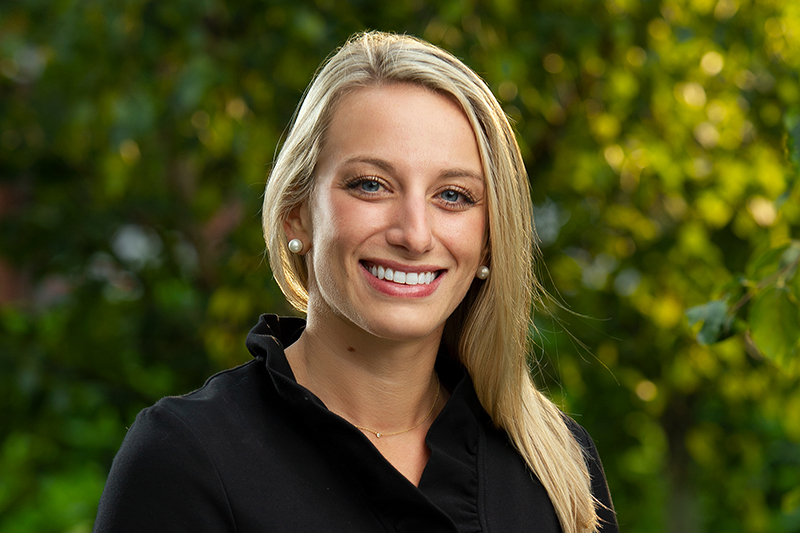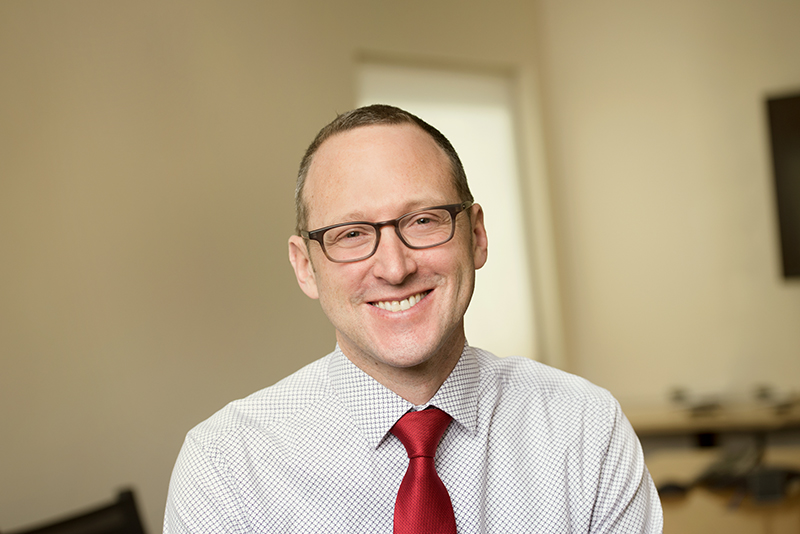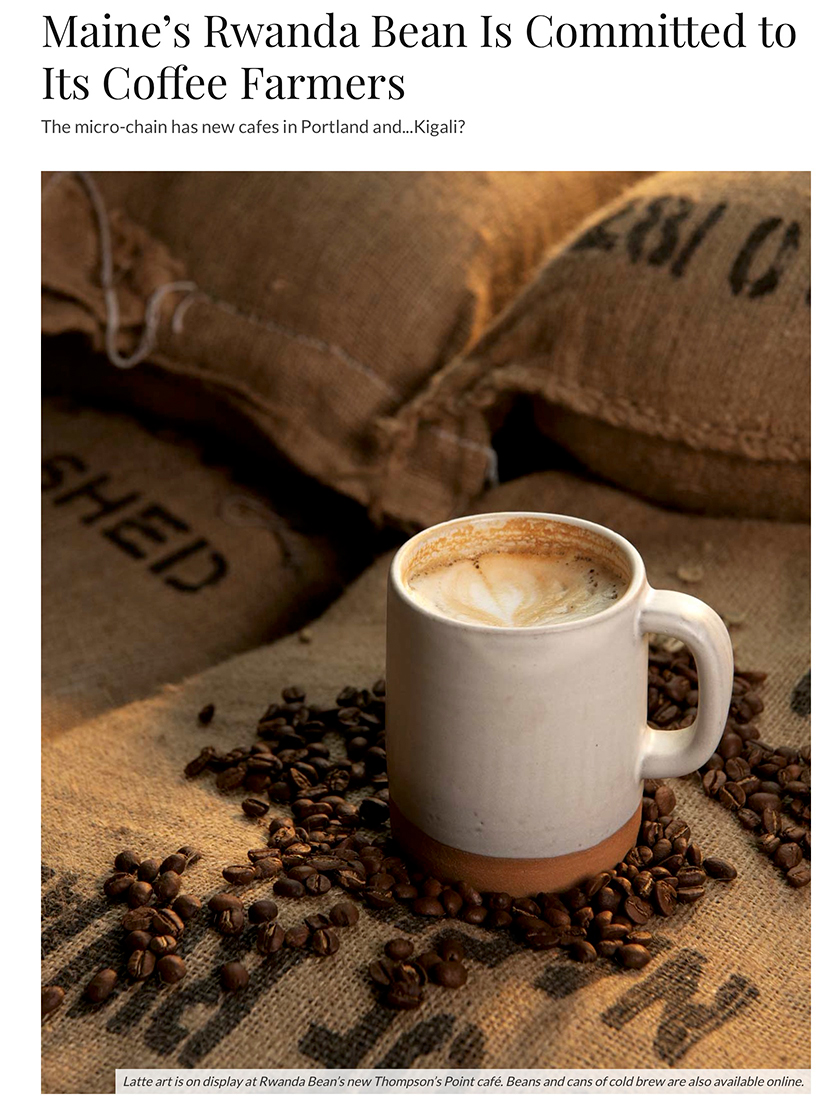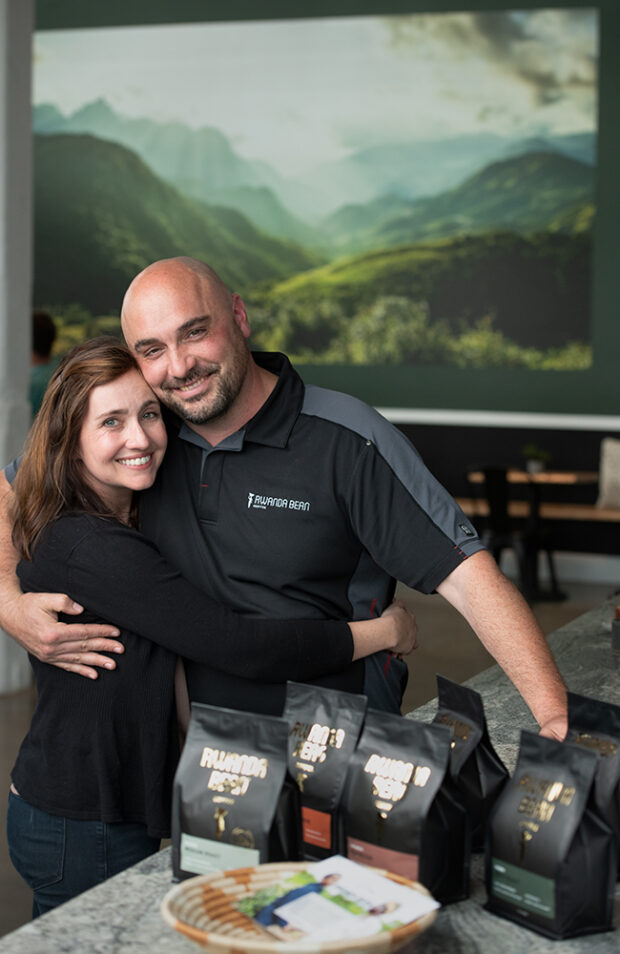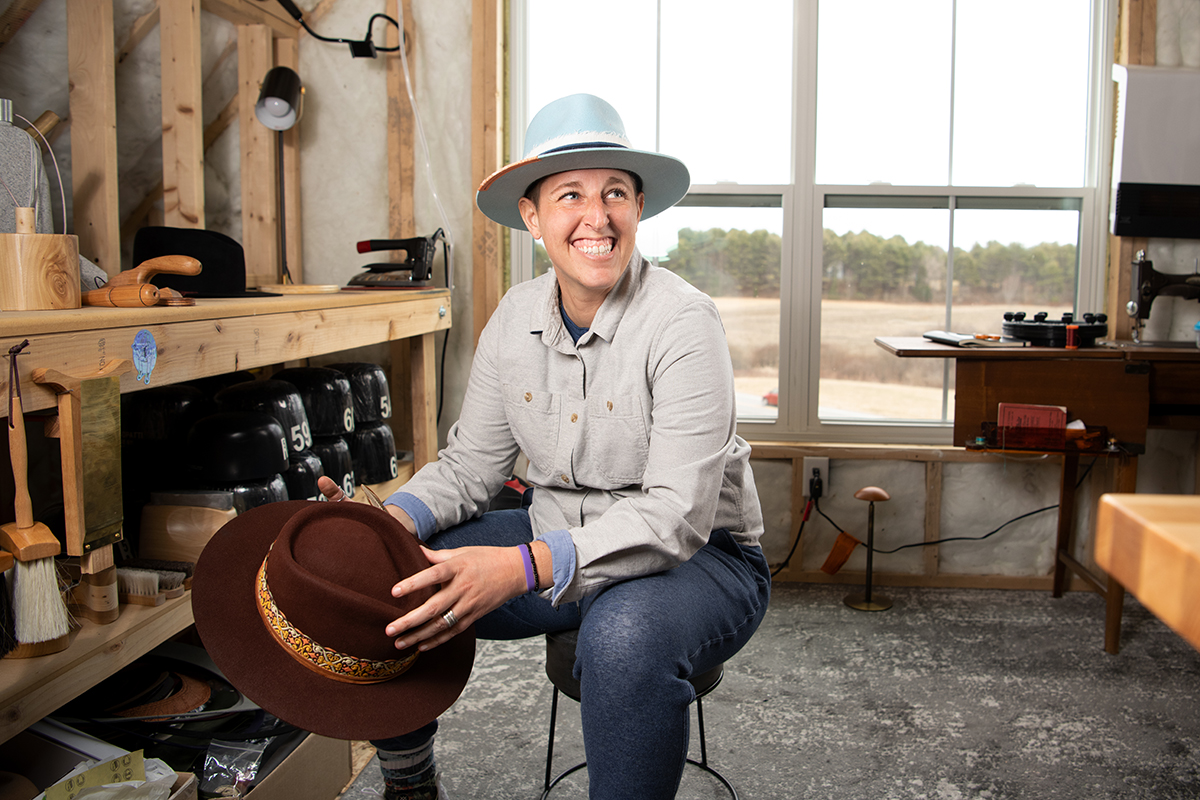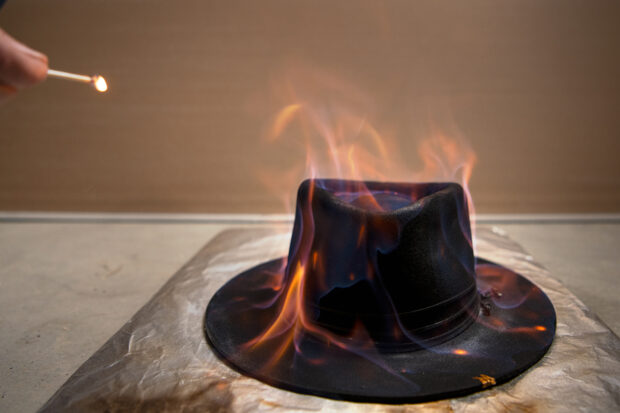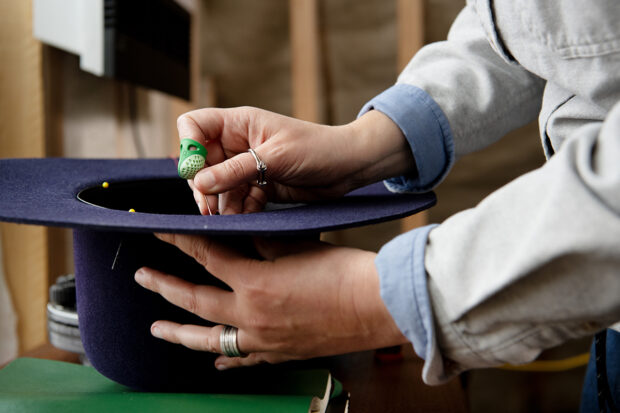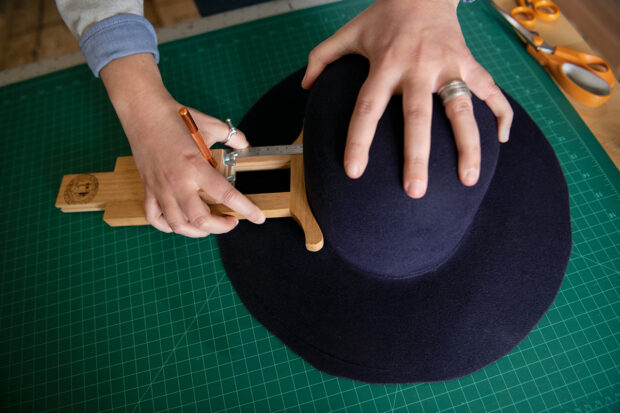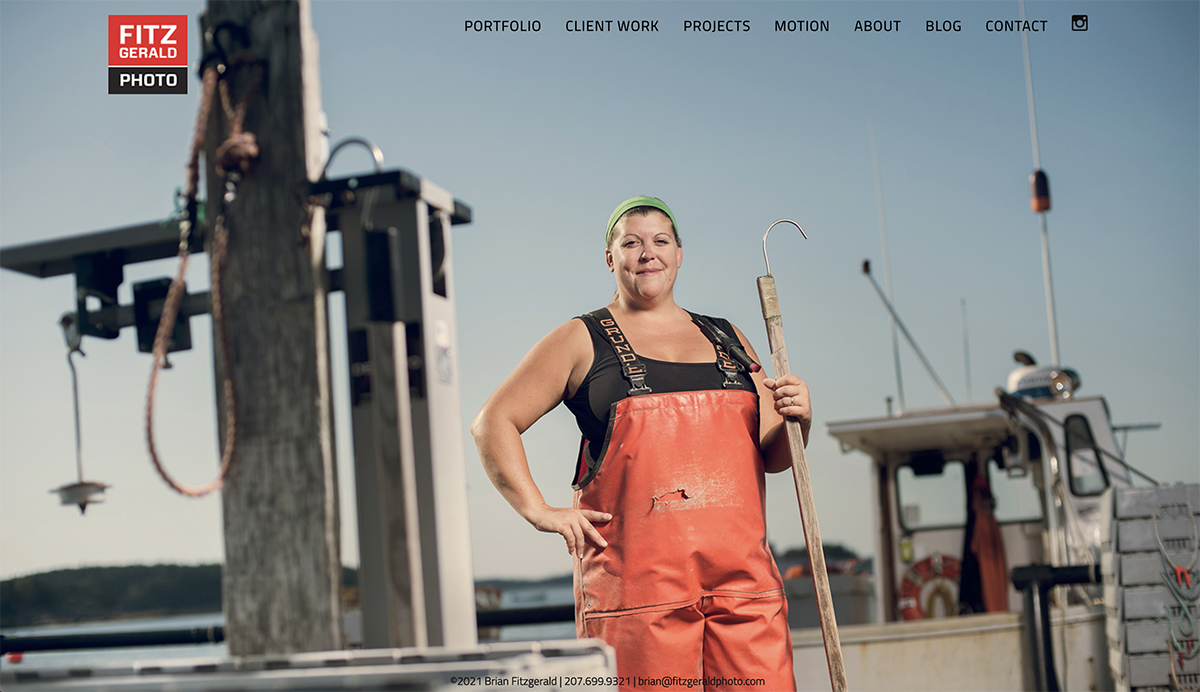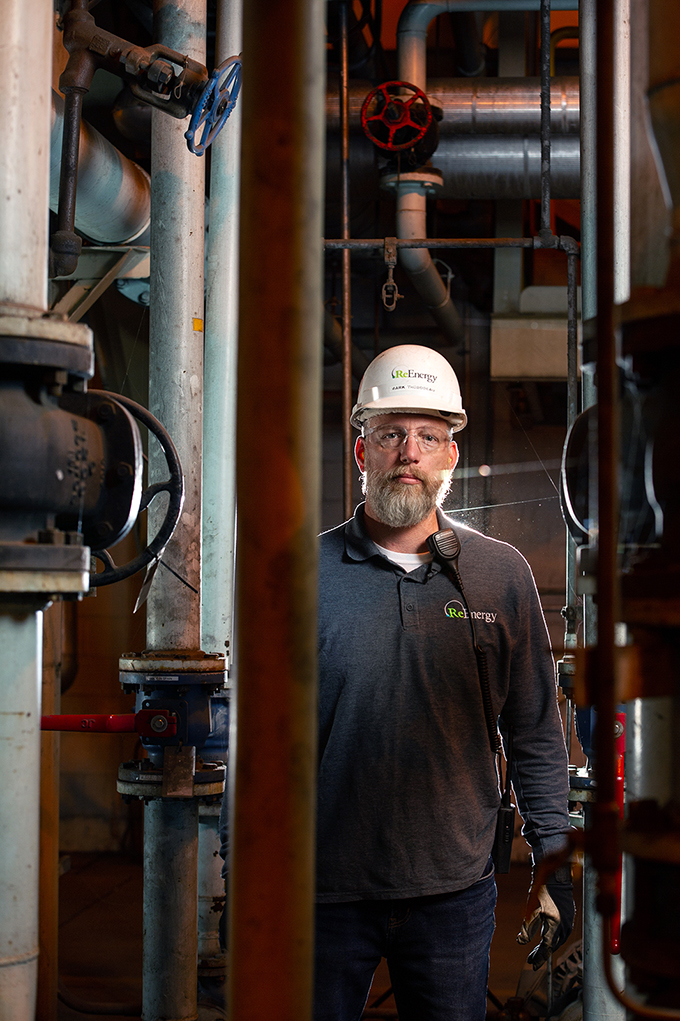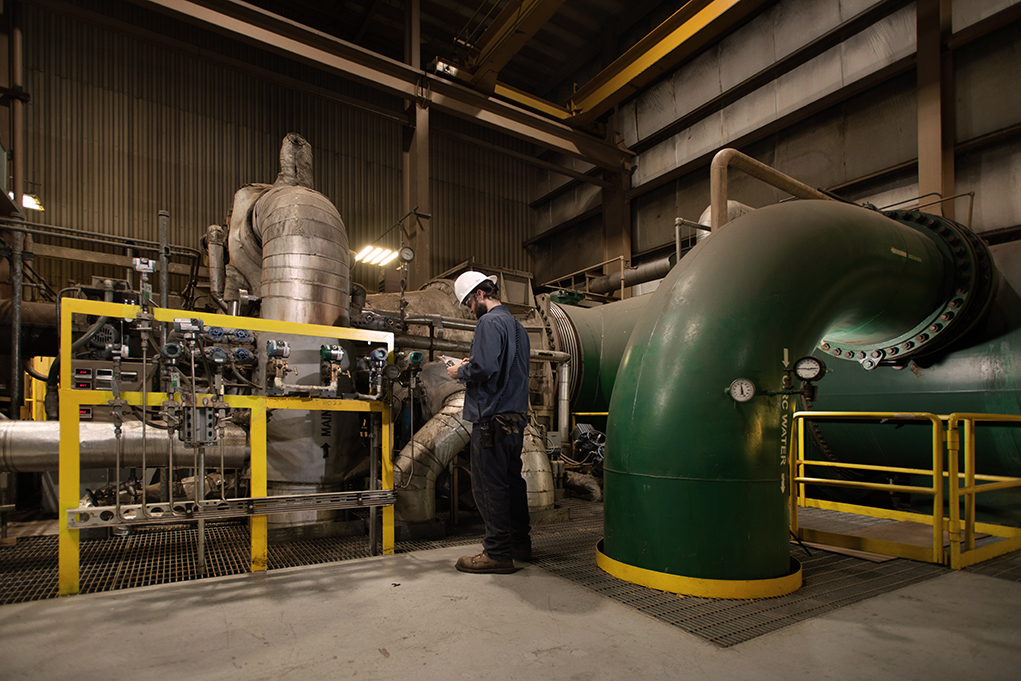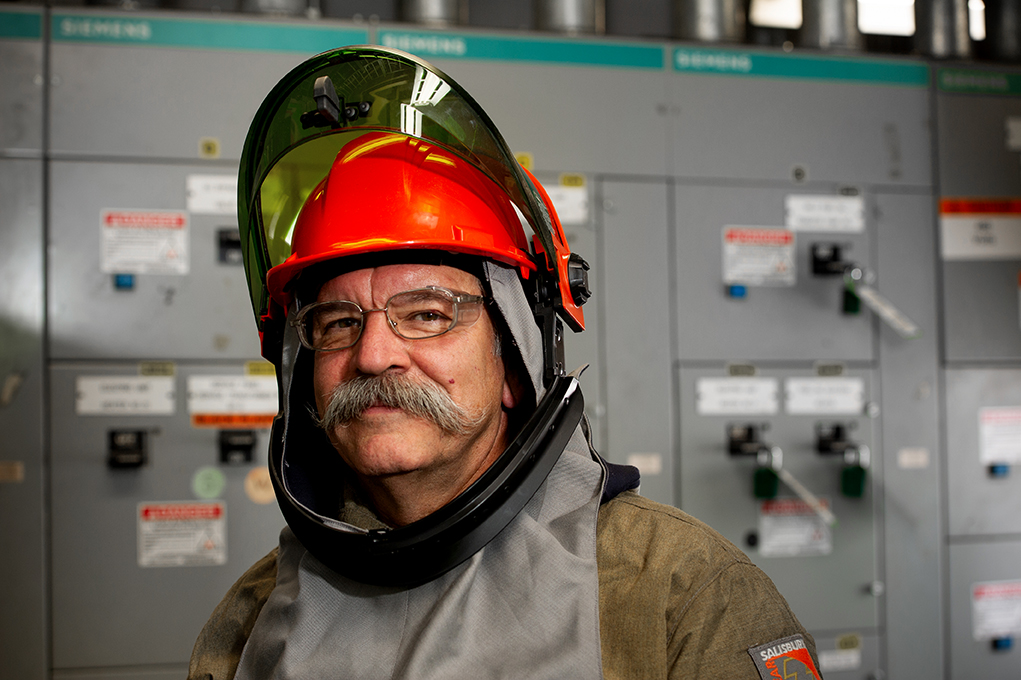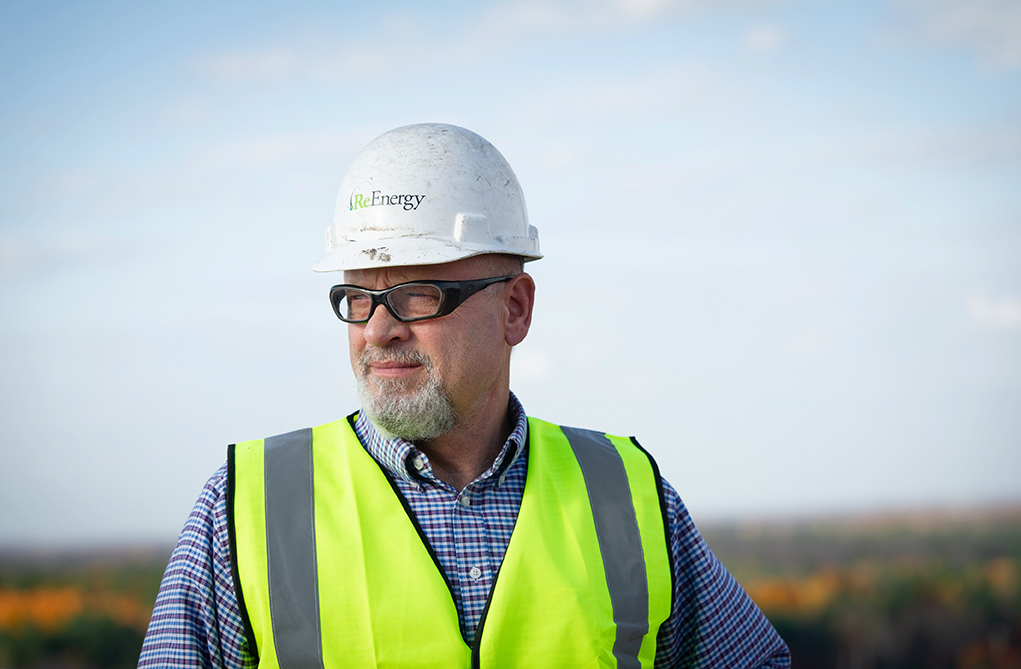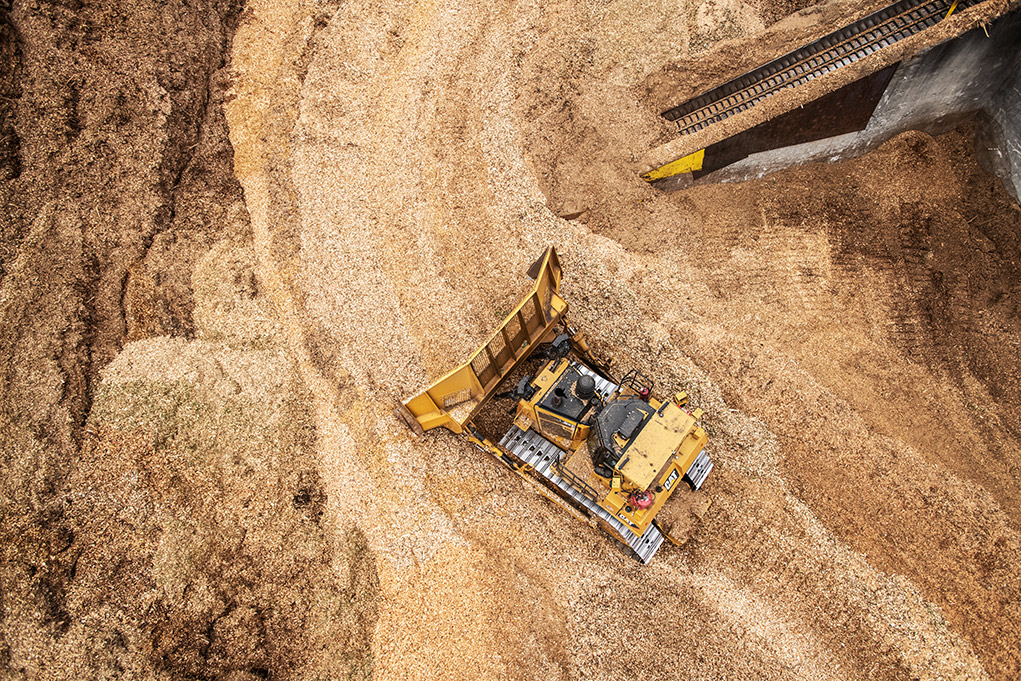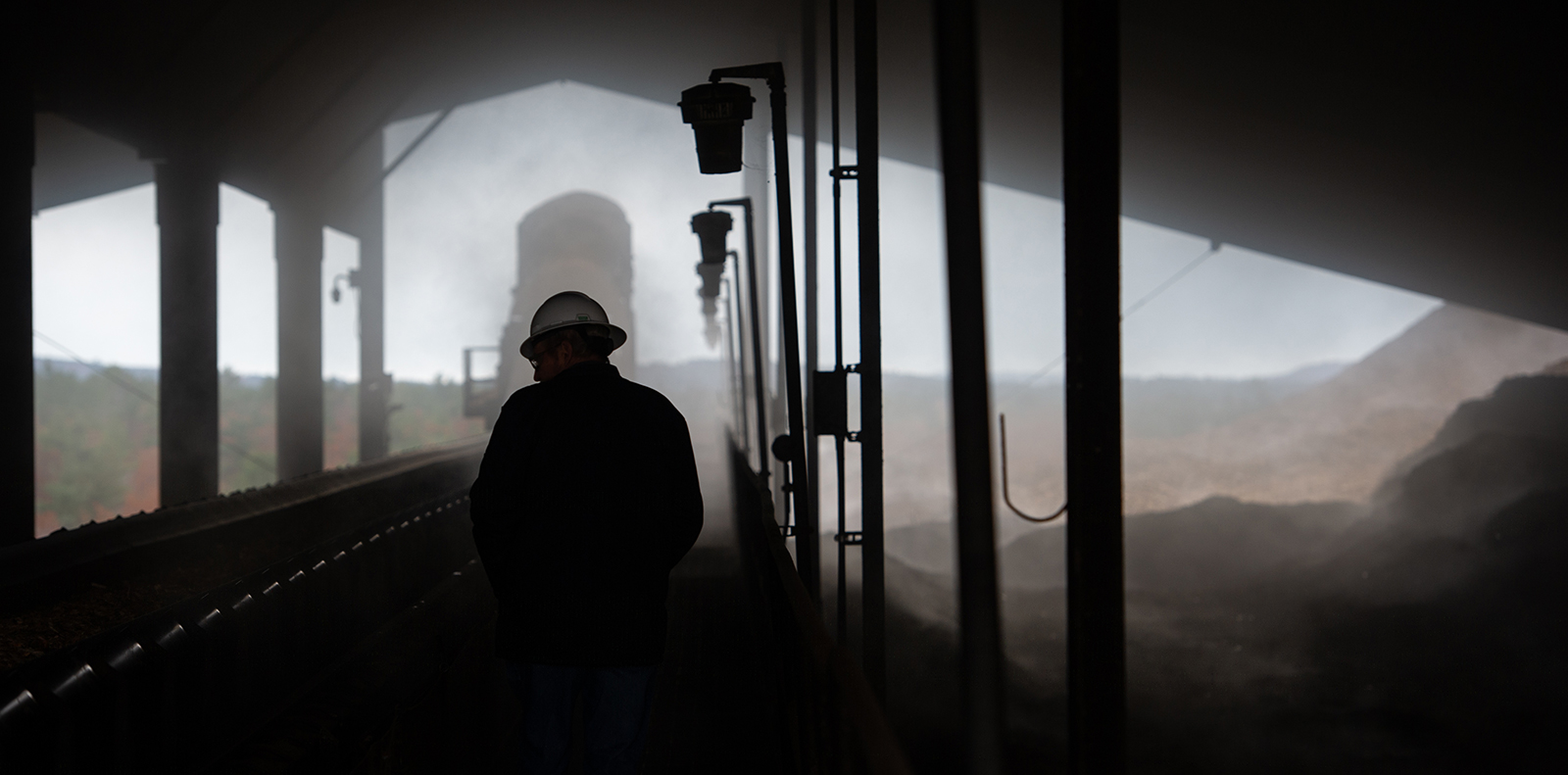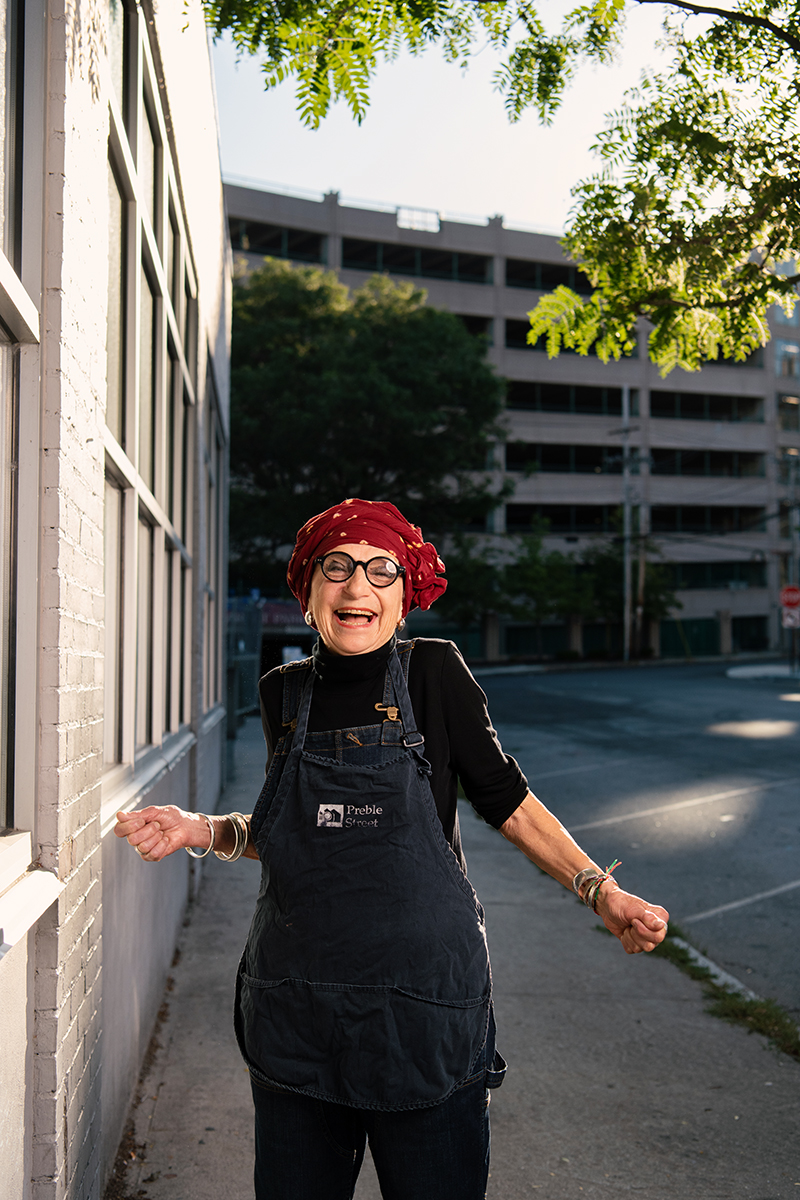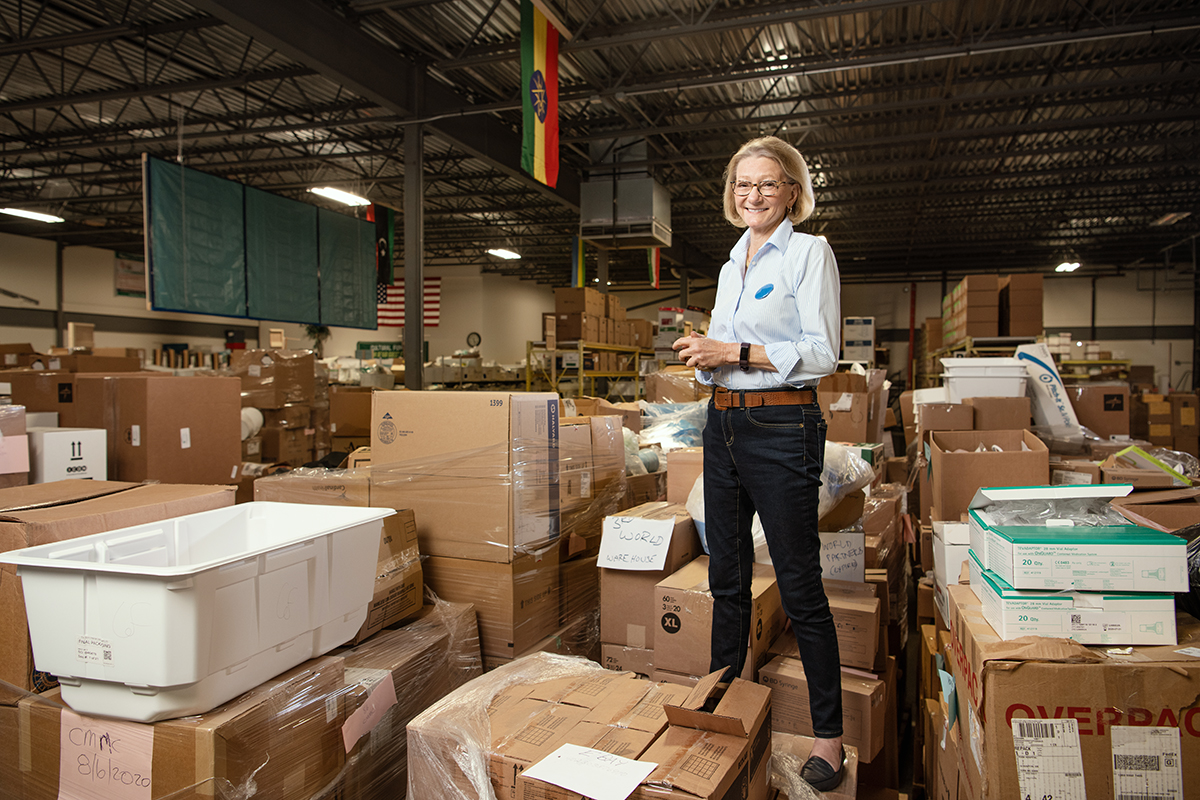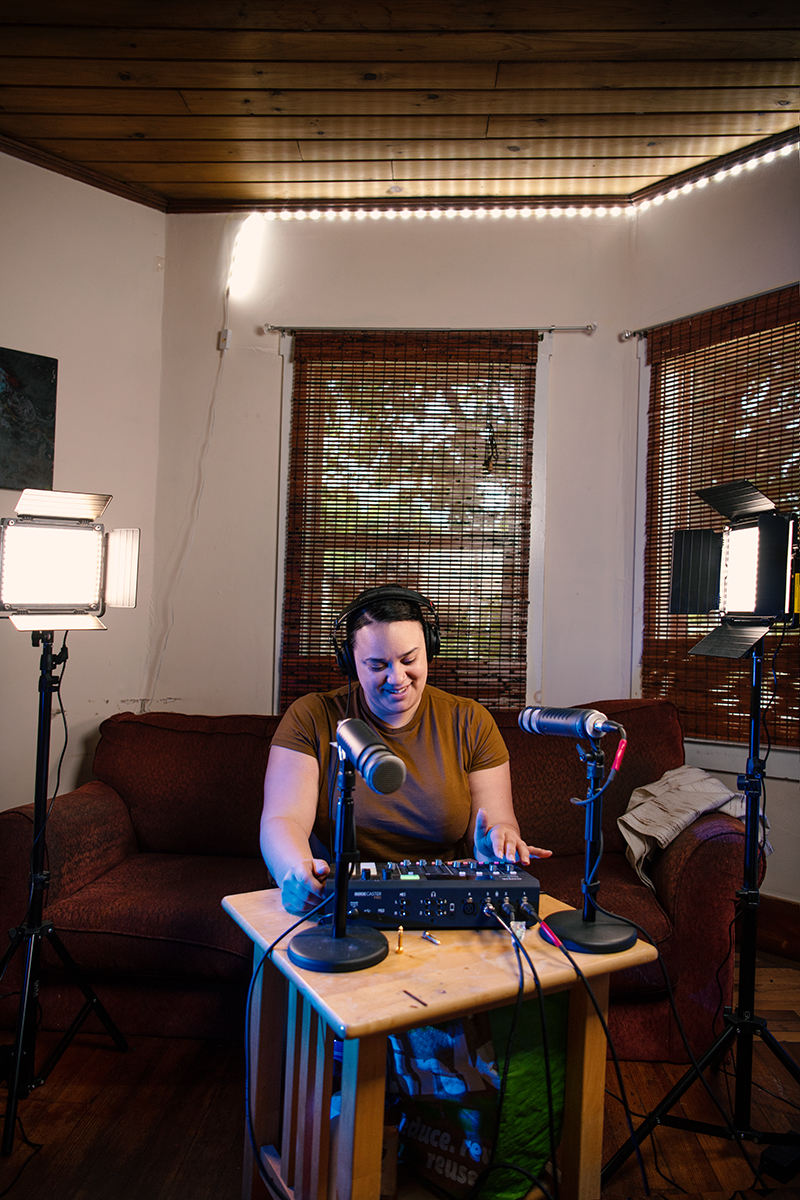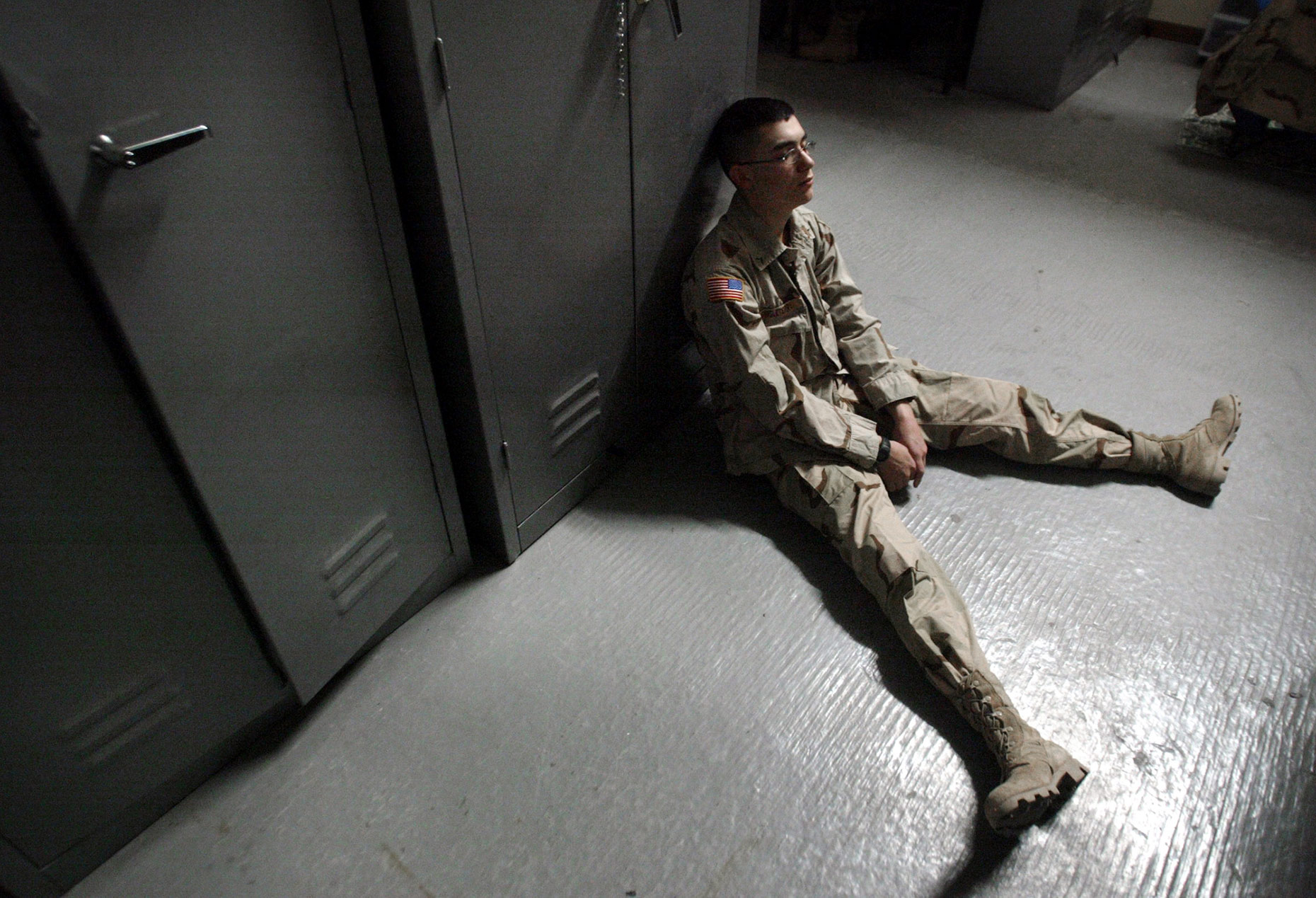
We all know how it is to be judged by our worst moments. Our lowest, most vulnerable, or most unattractive times. We all have them, but they are not the sum of our experience. I think back to many things I’ve said—flippant comments, ignorant statements, off-the cuff remarks. Things I’m ashamed of, yet they don’t represent who I truly am. To be judged forever by that worst moment, frozen in time, like in a single photograph—that’s not truth. It’s a sentence.
We all deserve to be seen as whole beings: the accumulation of experience that make us unique. Evolving, fallible, prone to making mistakes and failure but with the capacity to grow, learn and do better.
We live in a visual culture. We’re bombarded with thousands of images a day. We usually don’t stop to think about the source of these images, or the motivations behind them.
It’s why I love the impactful power of the single image yet take seriously the responsibility the fallacy of presenting a single image as a final, eternal truth.
So today look beneath the visual clutter. Resist the urge to pass judgement. Question the motives of those who are presenting the images, and view it all in greater context.

